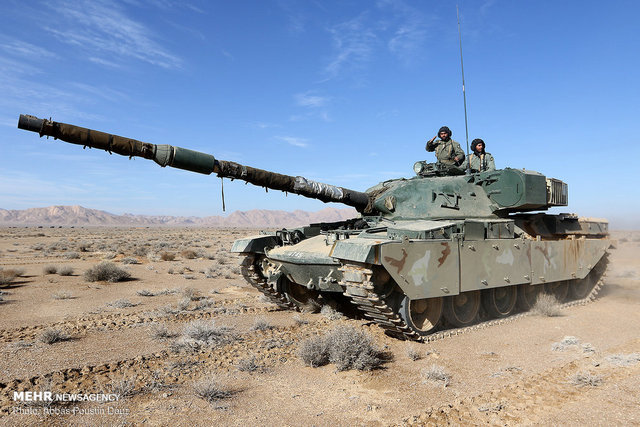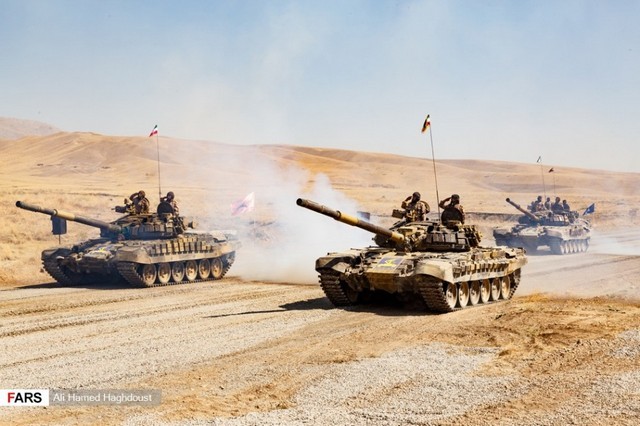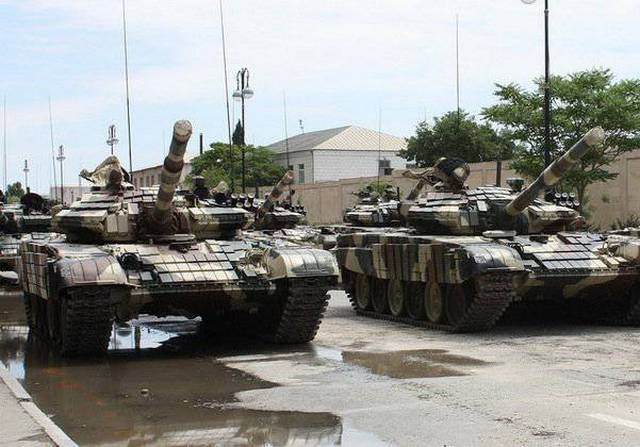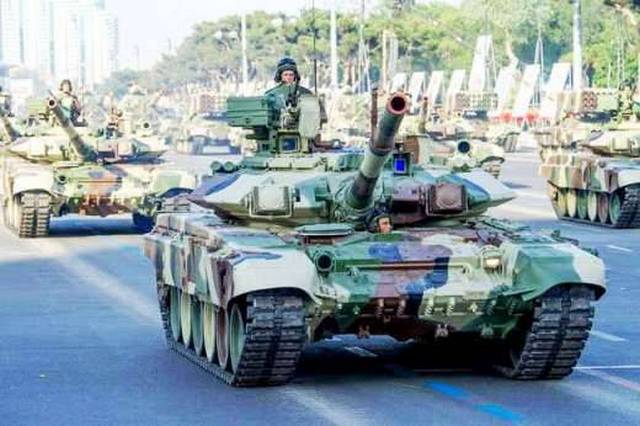
Image Source: Photo: Bravery2004
cHiftan Tank
The Iranian army has transferred a brigade of the 16th Armored Division armed with "Chieftain" tanks to the border with Azerbaijan.
These combat vehicles purchased in the UK before the Islamic Revolution, of course, cannot be considered modern, although some of them underwent modernization, including the installation of 840-horsepower B-84 engines from T-72S, improved sights, including night sights.
Nevertheless, they are significantly inferior to the Azerbaijani T-90S in all characteristics. And, in the event of a meeting in battle, the losses of the Iranians will be serious. However, now there are no more than 90 units of the "nineties" in the troops.
Military experts expressed several versions, explaining why outdated "Chieftains" were sent to the border. The main one is that the Iranians are confident in defusing tensions through diplomatic methods.

Image Source: Photo: Bravery2004
T-72S of the Iranian Army
At the same time, those who are more pessimistic believe that this was done in order to avoid friendly fire at the initial stage of the conflict. If Iranian T-72S were in their place, then ATGM calculations, gunners, UAV operators could mistake them for the enemy's T-72B.
If Iran has only a hundred chieftains, then the T-72S mentioned above are about 480. Thanks to regular repairs, these tanks are maintained in good combat-ready condition. For them, guided anti-tank missiles are produced, which are clones of Russian products.
"ESKI" can be called analogues of the Azerbaijani T-72M1 "Aslan", of which there are currently barely more than a hundred. Also, about 150 non-modernized "seventy-second", including obsolete T-72A, can be thrown against Iran. During the war with Armenia, about 90 more T-54bs and T-55s were reactivated.

Image Source: Photo: Bravery2004
T-72M1 "Aslan"
Iran, in turn, has about 900 more tanks. This includes captured Iraqi T-72M1, T-62, M60A1, upgraded T-55 and Type 69.
The Islamic Revolutionary Guards Corps has another 470 tanks.
Of course, tanks alone do not fight, they are supported by mechanized infantry (by the way, Iran has more than 600 BMP-1 and BMP-2), anti-aircraft self-propelled and artillery installations, towed guns and howitzers, anti-tank missile systems, multiple rocket launchers. In the air, as a rule, aviation operates, including attack drones and combat helicopters.

Image Source: Photo: Bravery2004
T-90S
If the conflict cannot be resolved and one of the parties goes to further aggravation, then the intensity of the fighting will surpass the recent bloody fighting for Karabakh.
Dmitry Lemeshko
